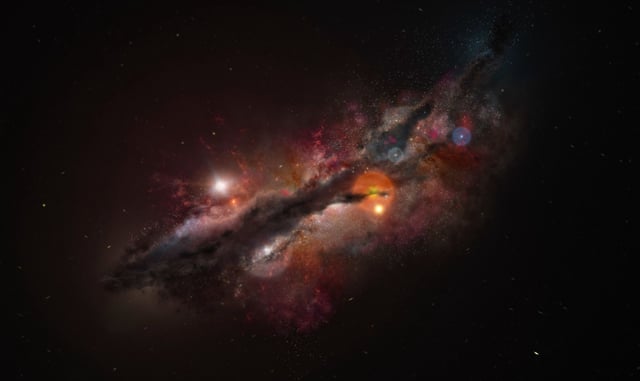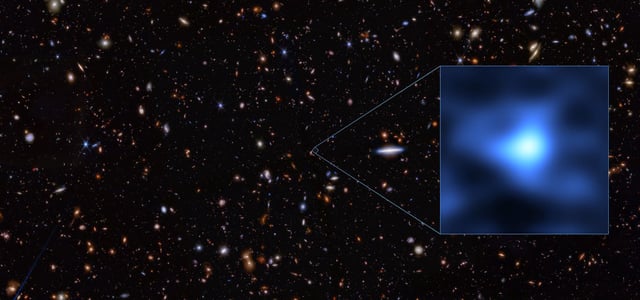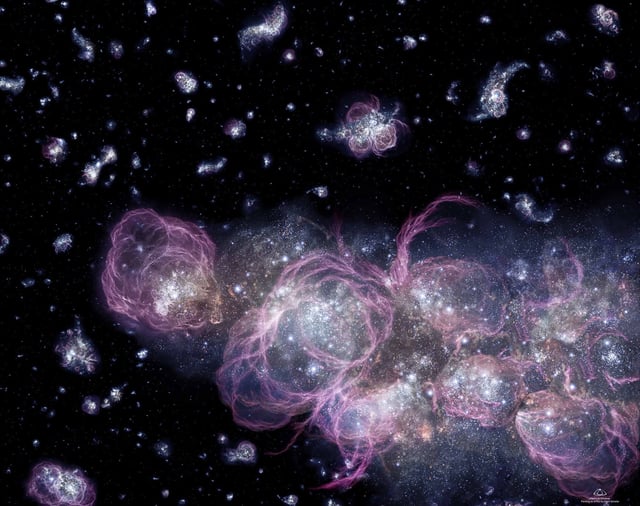Overview
- JADES-GS-z14-0, observed as it was 300 million years after the Big Bang, is the most distant confirmed galaxy ever discovered.
- Astronomers using ALMA detected oxygen in the galaxy, marking the furthest detection of this element in the universe.
- The galaxy contains 10 times more heavy elements than expected, challenging existing models of galaxy formation and chemical enrichment.
- The findings suggest galaxies in the early universe formed and matured far more rapidly than previously thought, raising questions about cosmic evolution timelines.
- The synergy of JWST and ALMA enabled precise distance measurements, narrowing the galaxy's redshift to 14.18 with exceptional accuracy.


